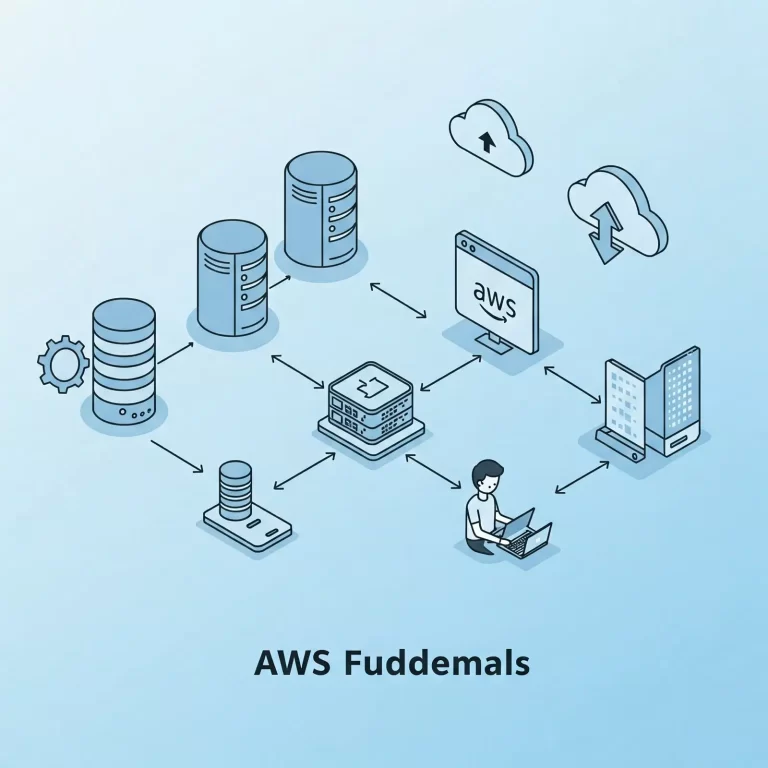
Enterprise Resource Planning (ERP) software and standalone business applications both aim to improve business processes and operations. However, they take different approaches. ERP software provides an integrated suite of modules covering most key business functions. Standalone apps focus on one specific process or department.
Deciding between ERP vs best-of-breed standalone apps depends on your business priorities, growth stage, and budget. We’ll compare the pros and cons of each option to help you determine the best choice for your needs.
What is ERP Software?
ERP software combines business applications into a single, unified system for core processes like:
- Finance and accounting
- HR and payroll
- Supply chain management
- Manufacturing and operations
- Inventory and order management
- CRM and sales
- Business intelligence and reporting
Key features include:
- Integrated Applications: Data flows seamlessly between modules without manual inputs or complex data transfers. For example, a new customer added to the CRM automatically becomes available in billing.
- Central Database: A single database stores all business data. This creates a “single source of truth” easily accessible across departments.
- Customizable Platform: ERP software allows for some configuration to support your workflows, rules, and reporting needs.
Top ERP software vendors include SAP, Oracle, Microsoft Dynamics, and Infor. Many options, especially ERP software development companies, now offer flexible cloud deployment over traditional on-premise models.
Benefits of ERP Systems
- Improved data accuracy and real-time visibility with seamless data sharing between integrated modules.
- Enhanced operational efficiency through process automation, reduced manual tasks, and paper-based records.
- Better collaboration across teams with a single, shared view of key business data.
- Scalability to grow by adding new functionality via built-in or third-party add-ons.
- Insight for strategic decisions with embedded analytics and enterprise reporting.
Fifty percent of businesses are purchasing, upgrading, or planning to update their ERP systems shortly.
What are Standalone Business Applications?
Standalone software provides focused functionality for one specific business process or departmental need. These specialized apps perform one task very well.
Common examples include:
- Accounting: QuickBooks, Xero
- HR: BambooHR, Gusto
- CRM: Salesforce, Zoho
- Marketing Automation: Mailchimp, HubSpot
- Project Management: Asana, Trello
- Inventory: TradeGecko, Zoho Inventory
Standalone tools are purpose-built for their target process versus serving the whole organization. They provide rich features expressly for their singular focus.
Data typically remains siloed within each standalone app, without native integrations to share information externally. However, some provide open APIs to connect their data with other systems.
Benefits of Standalone Applications
- Specialized functionality expressly designed for the target process.
- User-friendly interfaces tailored specifically for departmental roles.
- Rapid implementation to meet the immediate needs of one buying area.
- Flexible customization since you deploy just one application area rather than a whole suite.
- Lower startup costs to purchase an individual app for each business need versus an enterprise-wide system.
Key Differences: ERP vs. Standalone Applications
| ERP Software | Standalone Applications |
| Integrated system uniting data across business units | Individual apps siloed by department |
| Enforces standardized processes company-wide | Flexible systems catered to specific teams |
| Requires significant IT investment and lengthy implementations | Quick setup and limited IT resources required |
| Provides enterprise-grade performance, security, and scalability | Light-weight tools lacking complex infrastructure |
| Out-of-box analytics and reporting | Basic reporting capabilities often require separate BI tools |
| Strategic long-term platform to enable growth | Tactical point solutions fulfilling immediate needs |
When Should You Consider ERP Software?
ERP systems from enterprise software development services work best for larger, complex organizations that want to integrate processes tightly across business units. They support information sharing and standard ways of working across departments.
Key Signs Your Company Could Benefit from ERP:
- Rapid growth creates challenges with disjointed data, manual processes, and limited visibility across units.
- Lack of integration between existing software causes data lags, accuracy issues, and reporting gaps.
- Expanding globally across multiple sites and countries.
- Mergers & acquisitions requiring consolidation of business systems.
- Inefficient workflows with high manual tasks, duplicate data entry, and paper-based records.
- Need to scale existing systems to support growth.
- Process optimization is a strategic priority to improve productivity.
Implementing ERP helps simplify operations to boost efficiency at scale. The process requires aligning departments to standardize shared systems and data definitions.
While costly upfront, leading ERP systems like SAP and Oracle NetSuite deliver long-term value – especially for complex global organizations.
When Should You Stick With Standalone Applications?
Standalone business apps provide an affordable starting point for basic process automation. They allow you to solve the immediate needs of individual departments tactically.
Signs Your Company May Prefer Standalone Applications:
- Early-stage startup with limited staff and basic processes.
- Loosely connected departments with few cross-functional workflows.
- Tight budgets are unable to support an enterprise-wide IT investment.
- Specialized department needs are not served by broad ERP software.
- Lack of IT resources to manage complex integrations.
Purchasing standalone tools on an as-needed basis avoids a major upfront spend. This allows you to automate key processes without significant disruption or reengineering business workflows.
As the business scales, standalone apps can reach their functional limits for managing company-wide processes. At this inflection point, switching to integrated ERP becomes necessary to break down data silos.
Making the Best Software Decision for Your Organization
Determining ERP vs. standalone apps depends on your company’s size, budget, growth goals, and process complexity.
ERP software provides the backbone for many larger businesses to scale and optimize operations. Despite sizable upfront costs, integrated ERP delivers long-term productivity and data visibility that is not possible with standalone tools.
For smaller companies or those with standalone departmental needs, specialty apps offer tactical solutions without major IT investment. Still, you may eventually outgrow these siloed systems.
Beyond ERP vs. standalone apps, you can deploy a hybrid “best-of-breed” approach:
- Adopt ERP for core financials, inventory, and manufacturing.
- Fill functional gaps by integrating specialty apps for HR, marketing, etc.
This balances process standardization with departmental flexibility. The downside is added IT complexity for integrating multiple vendor solutions.
Carefully assess your strategic business objectives before investing in new software systems. Map current pain points to available solutions. Weigh trade-offs of standalone apps versus enterprise-wide ERP to create an IT roadmap aligned with your operating model and growth plans. Partner with implementation experts and user groups to ensure adoption success.
With some forethought on long-term needs beyond immediate fixes, you can build agile systems to scale without getting locked into the wrong solution.
Write and Win: Participate in Creative writing Contest & International Essay Contest and win fabulous prizes.


